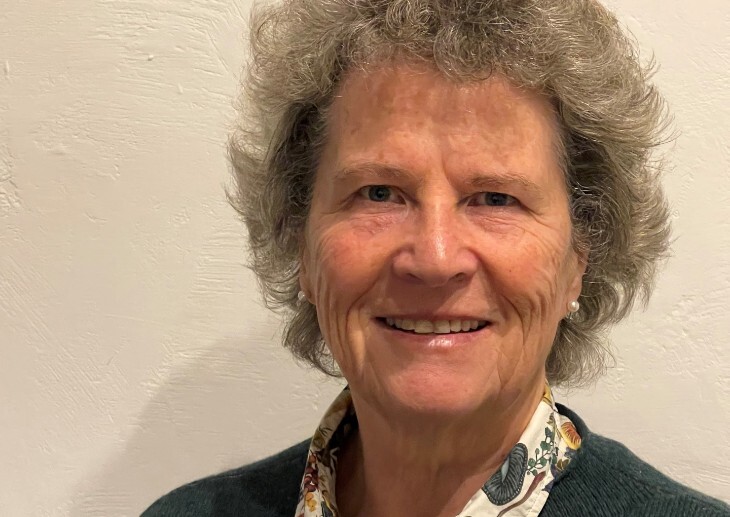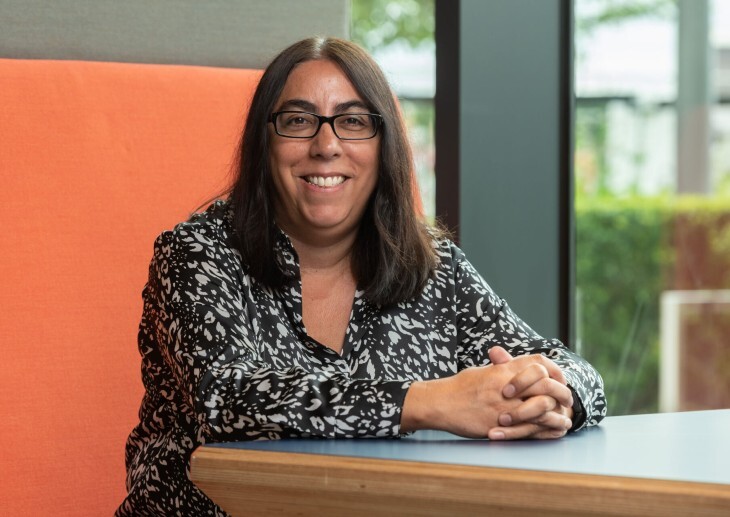System-wide working is no longer an ambition but a legal duty entrusted to Integrated Care Boards (ICBs). There are clear requirements to deliver the four aims of healthcare: increasing quality of care, improving health and wellbeing for all, sustainable use of resources, and delivering social value.
Achieving these goals in practice requires more than simply collaborating or strategically aligning. It needs genuinely integrated planning for populations and pathways to the operational workforce and capacity level. This means connecting the outcomes we seek with the drivers that will enable that change to happen. It also means challenging organisational silos and traditional ways of working so we can develop innovative, sustainable ways to deliver what is needed on the ground.
NHS leaders already recognise the shortcomings in the traditional, top-down, target-based approach to planning. Instead, there’s a recognition that we need to be more transparent about what we’re seeking to change and actively engage with stakeholders across systems. This identifies priorities based on population needs and, crucially, works out the changes needed to achieve better outcomes and value for our communities.
Understanding the operational impact of change is essential for success. For example, a system wanting to improve mental health post-COVID could identify a set of ambitions. That might be changing a pathway, improving diagnosis or providing access to support services within the community.
Clinical and community engagement
When we seek to connect the drivers of change to the outcomes we want, it is essential to ask the right questions. What changes are needed? What would the impact be on A&E, diagnostic services or outpatient wards? How would we need to change the workforce to respond? What change would be required to budgets, supply chains and use of a system’s estate to effect this change?
Only with this type of truly integrated planning can systems realistically assess, hold to account and implement the changes required to achieve this goal. Many operational plans need to be dynamic and responsive to the drivers that managers see every day and therefore be a tool to mitigate and manage risk.
Clinicians working for population groups can bridge the gap between strategic ambition and operational delivery. Therefore, they should be at the heart of integrated strategic and operational planning.
Bringing together multidisciplinary teams across primary, acute and community care, and the voluntary and private sectors enables systems to develop a deep, system-wide understanding of effective ways to deliver change on the ground. That might be how the workforce is deployed, what technology can be applied or how we can deliver differently without costing more money.
Investing in clinical and community engagement enables systems to innovate with key resource owners, including citizens and employers. By sharing their input, we are better placed to find holistic, integrated solutions to our challenges.
Risk and resilience
Recent experience has demonstrated all too clearly the disruptive impact of external factors outside our control. In the last year alone, we’ve experienced new infections, workforce issues, rising costs and war in Europe. In these turbulent times, systems must build resilience into plans. This will allow them to flex their approach according to changes in circumstances without having to grind to a stop or restart plans from scratch.
This requires a strong handle on the risks we all face, with appropriate focus on monitoring, mitigating and responding to issues as needed. We need to create a dynamic planning environment. It becomes much easier if we build clear, evidenced assumptions into our plans based on best practice and agreed impact.
Take our earlier mental health scenario as an example. If we seek to improve access to services at community level, our integrated plan would include an inbuilt assumption about workforce requirements. This would be based on the expected number of clients coming in.
If those assumptions change, such as a change in the acuity of patients, a major infection outbreak, or other ‘what if’ scenarios, we would be able to model the impact of those changes and adapt the approach accordingly in real-time. This means a more agile, responsive service, as well as a more accurate way of determining outcomes.
Governance
Governance has a critical role to play here. Multidisciplinary, connected governance across the layers of a system for a given population enables effective decision-making at primary care, place, area and regional level across health and social care. This connectedness, with appropriate safeguards in place, makes it possible to be responsive without getting caught up in process.
The COVID-19 vaccination programme allowed us to see the benefits of truly integrated strategic and operational planning in action. The circumstances were exceptional, and the programme’s success was partly due to a sense of ‘we’re all in it together’. This led to a willingness among people and organisations to cede authority to achieve a single objective in difficult times. Nevertheless, it demonstrates what can be achieved by pooling resources and expertise.
The future challenges for health and social care are different but no less daunting than they were at the start of the pandemic. With ICBs now established, systems across England are looking at how to address their population’s greatest health challenges and work in a more integrated way with system partners to achieve their ambitions.
The NHS and local government have a track record of being generous in sharing information and learning in the drive to improve services for their communities. So as ICBs look to embark on more ambitious integrated plans, those of us working across regions should also step up to accelerate that learning.
We need to look at how we share assumptions, capture evidence, make decisions and have an impact. And connecting plans for operational team resilience with strategic population goals is essential. It will help deliver a more sustainable, resilient and adaptable health and care service that can better weather any oncoming storm.
Alison Tonge is director of Integrated Services Development at NHS Arden & GEM CSU






